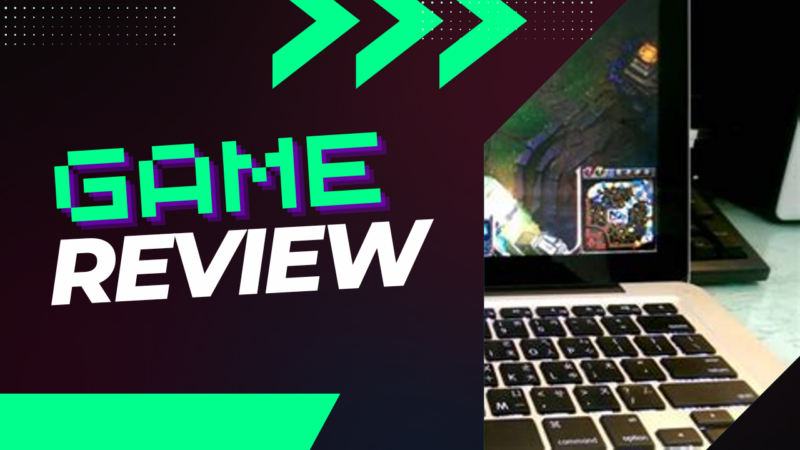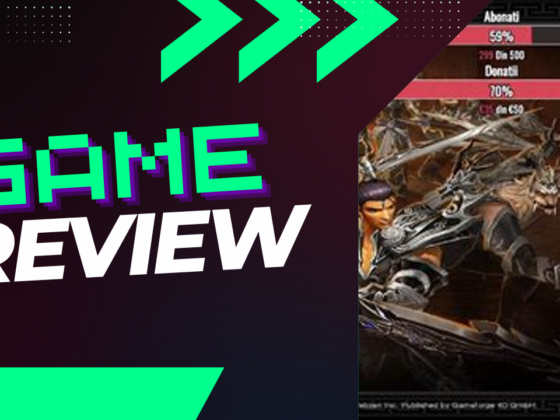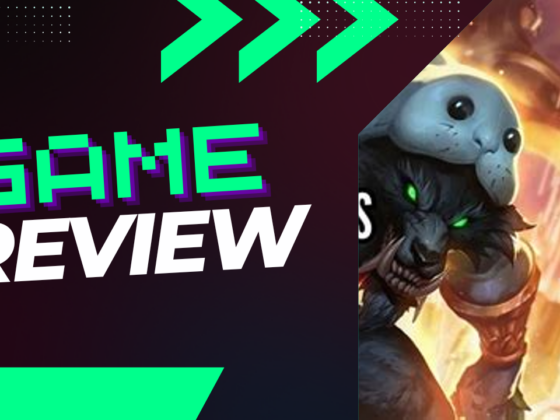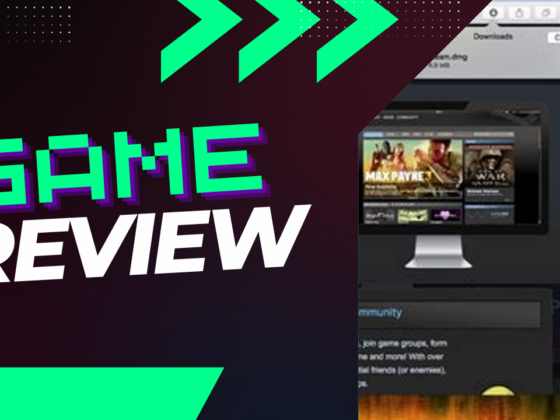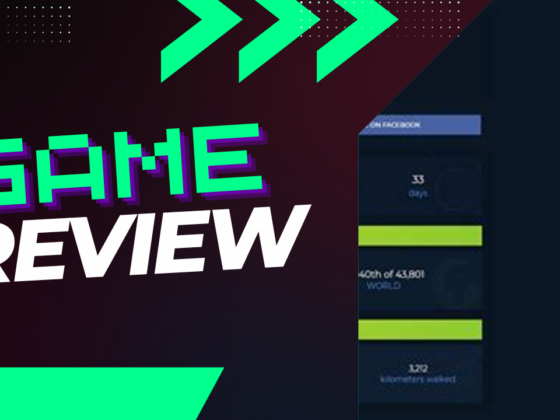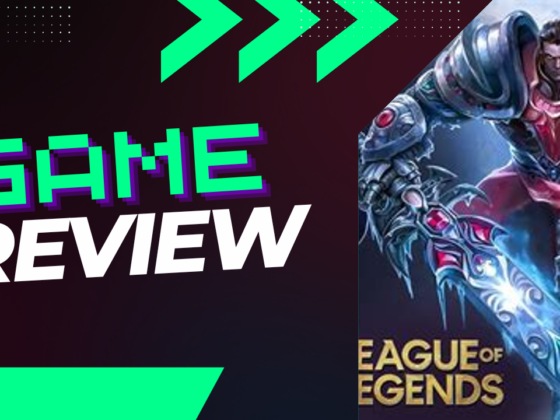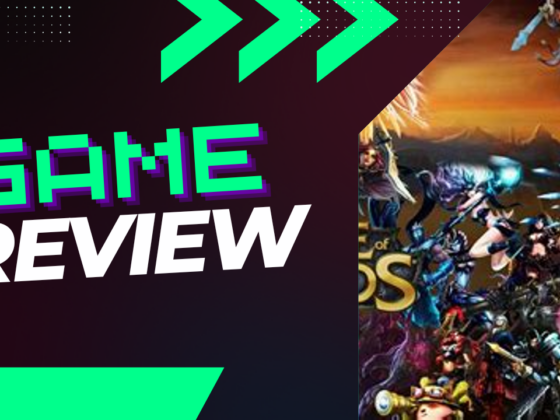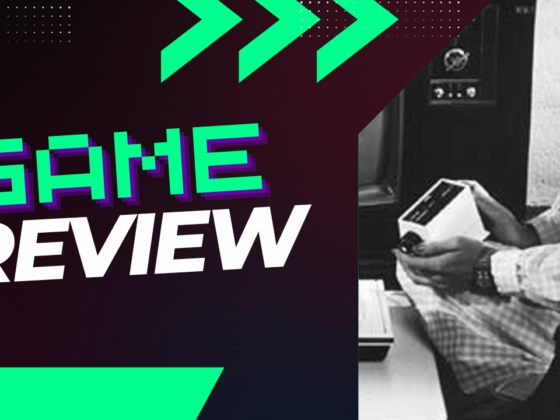Can you conquer the League of Legends battlefield on a MacBook Air M2? For many gamers, the thought of playing high-energy, graphically laden games on a sleek laptop might stir up visions of sluggish performance and frozen screens. But with the new advancements of the MacBook Air M2, this dream may not be as far-fetched as it seems. Imagine a world where your portable device transforms into a powerful gaming ally, confidently delivering a smooth experience even at maximum settings. Buckle up as we delve into how this nimble machine is breaking the mold, proving that you can level up your gaming endeavors without a bulky rig.
Can You Play League of Legends on a MacBook Air M2?
Recent advancements have transformed how the MacBook Air M2 performs, even when utilizing the Rosetta 2 emulation. Its performance, reliability, and thermal management have dramatically exceeded my expectations. At maximum graphics settings, the MacBook Air M2 runs League of Legends effortlessly.
Gaming Capabilities on MacBook Air
Historically, Mac systems, especially the MacBook Air, weren’t built for demanding gaming operations. Nonetheless, these devices can surprise users with their solid performance, contingent upon proper optimization and support from Apple. With League of Legends now officially compatible with macOS in Vietnam, I decided to put the MacBook Air M2 to the test in this game—and the outcomes were quite impressive. Allow me to guide you through my detailed gaming experience on the MacBook Air M2.
Note: The FPS exceeding 120 is achievable only with the graphics set to the lowest level, whereas at the highest graphics settings, the MacBook Air M2 maintains FPS between 60 and 65.
League of Legends Now Available on Mac
Vietnamese gamers are now able to enjoy League of Legends on their MacBook devices. Players can directly engage with League of Legends on macOS via Riot’s client. However, the local publisher, Garena, previously restricted the installation of the client on Apple computers. As a result, Mac users in Vietnam had to use a virtual Windows installation, a process that wasn’t optimized for gaming.
Starting January 6, 2023, macOS users gained access to the League of Legends servers specific to Vietnam. Now that the game has transitioned to Riot Games, players are free from Garena’s limitation and can launch the game through the Riot Client. This development enables macOS players to effectively engage with League of Legends Vietnam servers.
Downloading League of Legends on MacBook
The procedure for downloading League of Legends on a MacBook is quite straightforward. Users need to navigate to the official publisher’s website to download a compressed file. After the download completes, unzipping the file leads to the installation process, allowing players to click Install to gather the game data onto their system.
Once the file is unzipped, the next step is to click Install to begin downloading the game data.
After the game data is successfully installed, players should log into their Riot Games account to access the platform.
Finally, upon logging in, all that’s left to do is click Play to launch the game. This will redirect you to the Game Client’s installation interface, which might take longer than expected, depending on your internet connection speed.
While waiting for the download, players can adjust various settings to enhance their gaming experience.
To simplify controls, it’s advisable to customize function keys within League of Legends.
Overall, I find the process of downloading and installing League of Legends on macOS remarkably user-friendly. Upon launching, instead of being redirected to Garena’s login page, users enter the Riot Client homepage—a transition I truly appreciate for its intuitive layout and ease of use, especially compared to the Garena Client.
League of Legends Experience on MacBook Air M2
As I continue my gaming journey on the MacBook Air M2, stay tuned for more insights! In the meantime, you may want to watch the gameplay experience of League of Legends on the MacBook Air M1, provided by Gadget Realm Studio, who kindly shared their insights with 24h Technology.
Before diving into specifics, let’s summarize the specifications of the MacBook Air M2 model I use:
- Display: 13.6-inch, 2560 x 1664 resolution, True Tone technology, P3 color gamut, 500 nits brightness.
- CPU: Apple M2 with 8 cores (4 performance cores and 4 efficiency cores).
- GPU: 8-core GPU.
- RAM: 8 GB (my current configuration; supports up to 24 GB).
- Storage: 256 GB SSD (supports up to 2 TB).
- Operating System: macOS 13.0.2 Ventura.
- Battery: Capacity of 52.6 Wh with fast charging at 67 W.
Not being an avid player of League of Legends, I’ll strive to provide a balanced assessment. Feedback from experienced players suggests that the homepage, champion selection, and loading screens do not differ significantly from their Windows counterparts. However, to keep up with the fast-paced gameplay, I found it essential to use an external mouse rather than just relying on the trackpad.
An important note: many keys on the MacBook function differently compared to Windows. Hence, remapping certain keys can greatly enhance operational efficiency, especially for tasks like upgrading abilities, which I mentioned earlier when discussing the download process.
For a casual gamer like me, playing League of Legends on the MacBook Air M2 proved to be a rewarding experience. The 16:10 aspect ratio screen maintains excellent detail, even compared to standard 16:9 screens. Moreover, connecting the MacBook Air M2 to an LG Ultrawide monitor retained exceptionally smooth gameplay (make sure to check out the accompanying video below). The MacBook’s keyboard also delivered outstanding tactile feedback for seamless and continuous gameplay.
The MacBook Air M2 handles League of Legends with no noticeable heating issues.
It’s worth noting that I could effortlessly mirror the MacBook Air M2’s display to an LG Ultrawide monitor while engaged in the game.
Regarding performance metrics, FPS levels, and thermal output, I was pleasantly surprised by the capabilities of the MacBook Air M2. Previously, the only option for MacBook users in Vietnam to play League of Legends was through a Parallels virtual machine—an experience that was less than ideal for Apple Silicon M Series devices. This typically resulted in low FPS, along with stuttering, lag, and overheating problems. However, everything has changed now; even while running through Rosetta 2, the performance, stability, and thermal output of the MacBook Air M2 have exceeded my expectations.
Even at maximum graphics settings, and during intense battles filled with spells, the machine consistently maintained a stable FPS between 60 and 65. This is particularly impressive given that the screen operates at a 60 Hz refresh rate, illustrating the MacBook Air M2’s remarkable gaming performance (with proper optimization, it could perform even better).
As previously mentioned, temperature management on the MacBook Air M2 has been a pleasant surprise. After a solid 30 minutes of gameplay on the highest settings, the area around the keyboard remains only slightly warm (this is based on my personal observation since I lack precise measuring tools). To enhance thermal performance further, it may help to reduce resolution or employ a cooling fan.
If you are looking to maximize the device’s gaming performance in League of Legends, consider lowering the graphics quality settings. At lower settings, FPS can exceed 120.
That said, my MacBook Air M2 has occasionally experienced sudden crashes that return me to the main screen, preventing me from restarting the game without rebooting the machine. I suspect this might be a minor software glitch that developers can address in future updates. I’m curious whether other MacBook models equipped with the Apple M Series face similar challenges; if you have insights, please share them in the comments!
Battery performance has been another surprise, as League of Legends tends to drain the charge quickly on my MacBook Air M2. For instance, I played a 5v5 match after turning off energy-saving settings, resulting in the battery level plummeting from 100% to 70%. Thus, if you’re someone who enjoys gaming on the go, you may want to stay plugged in to comfortably complete three matches at most!
Final Thoughts
To sum up, playing League of Legends on a MacBook has proven to be an impressively enjoyable journey. Detractors claiming that MacBooks are inadequate for gaming should rethink their stance! The primary remaining concern is time—if the system is properly optimized and supported. For the best, most stable gaming experience, I’d recommend opting for MacBook Pro models equipped with dedicated cooling systems such as the MacBook Pro M3, M3 Pro, or M3 Max, currently available at competitive pricing.
The MacBook is undeniably an excellent device for graphic design and creative tasks. If this piques your interest, click the button below to explore attractive offers on these products!
See more:

